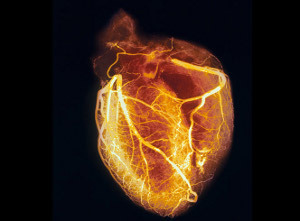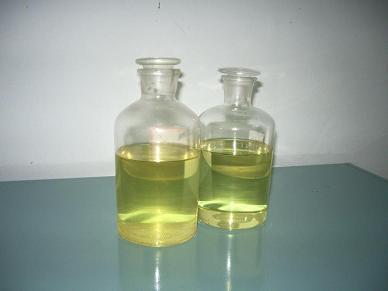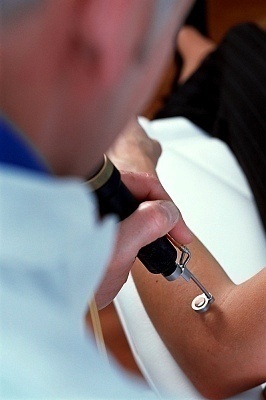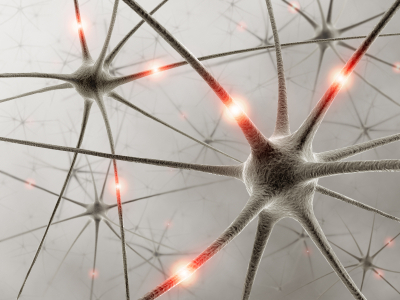A nuclear heart scan is an excellent method to evaluate the health of your heart. Nuclear heart scans are safe and extremely effective for diagnosing specific kinds of heart conditions. The process of having a nuclear scan is relatively simple and in most cases is painless.
During a nuclear heart scan, a radioactive tracer (which is safe) is injected into a vein in your arm. This tracer circulates throughout the bloodstream and travels to the heart. As the tracer element circulates through the heart, special cameras scan the heart and pick up high-quality images that your doctor or radiologist evaluates.
What Is a Nuclear Heart Scan Used For?
Nuclear heart scans are used to evaluate the condition of the heart. Doctors use a nuclear heart scan for three main purposes, which are described below.
Myocardial Perfusion Scanning
Nuclear heart scans are a great way to evaluate the heart muscle. They provide rich information on the current status of the heart. For instance, with a nuclear heart scan, your doctor can immediately see if a part of the heart is not receiving enough, or any, blood. In this case, a blocked coronary artery may be the cause. A blockage could imply the presence of coronary disease, which in many cases can lead to a heart attack, angina, or other types of heart problems. When a nuclear heart scan is given to evaluate the heart muscle in these scenarios, it is called a myocardial perfusion scan.
Myocardial Viability Testing
Another reason a nuclear heart scan may be performed is to determine if there is any damage to the heart muscle. For instance, if you have previously had a heart attack, your heart may have been injured and damaged. When a nuclear heart scan is given for this purpose, it is called a myocardial viability test.
Ventricular Function Scan
Finally, a nuclear heart scan may also be given to view how well your heart muscle pumps blood through the body. This test is called a ventricular function scan, and it is usually given in two parts. The first part is called a stress test; your doctor or technician will ask you to do brisk exercise (usually, very fast walking on a treadmill) to get your heart beating fast. In the second part of the scan, your heart will be viewed at rest under normal conditions. It should be noted that in most cases, you will also have an electrocardiograph attached to you. This will also give the doctor or technician other valuable information regarding your heart in real time.
Things to Know About the Procedure
Generally speaking, nuclear heart scans are painless and not time consuming. Most scans are administered as an outpatient treatment. Once the tracer element has been given enough time to circulate throughout your body and through the heart, you will be asked to lie down on a table, and a camera will take images of you. It is important that you lie still during this time so that the images taken are not blurred.
If you expect to take a stress test, ensure you wear sneakers and comfortable clothing so that you can exercise. In addition, these types of scans are more time consuming, usually taking from 2 to 5 hours. This is because you will require two sets of scans. If your doctor has advised that you take a nuclear heart scan, ensure that he or she is aware of all medications you are currently on or have taken in the past.
After the Procedure
After the procedure it will take about a day or two for your body to eliminate the radioactive substance, by the natural biological processes of waste elimination. You only need to go to the bathroom as usual. You shouldn't have any adverse reaction from the scan. Because the images become available immediately, you will know the results once your doctor or the radiologist has had the time to evaluate the data thoroughly.




FairyLuv
Thanks! I had one yesterday & no one told me all this. Labs were forgotten. Did them this morning. Now I wonder if I was still radioactive…
Ben Patti
Hello, could someone please let me know where I can find the image of the heart scan on this page? I would like to use it for a project and want to make sure I have the original hi res and it is not rights managed. Thank you.